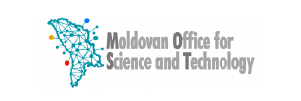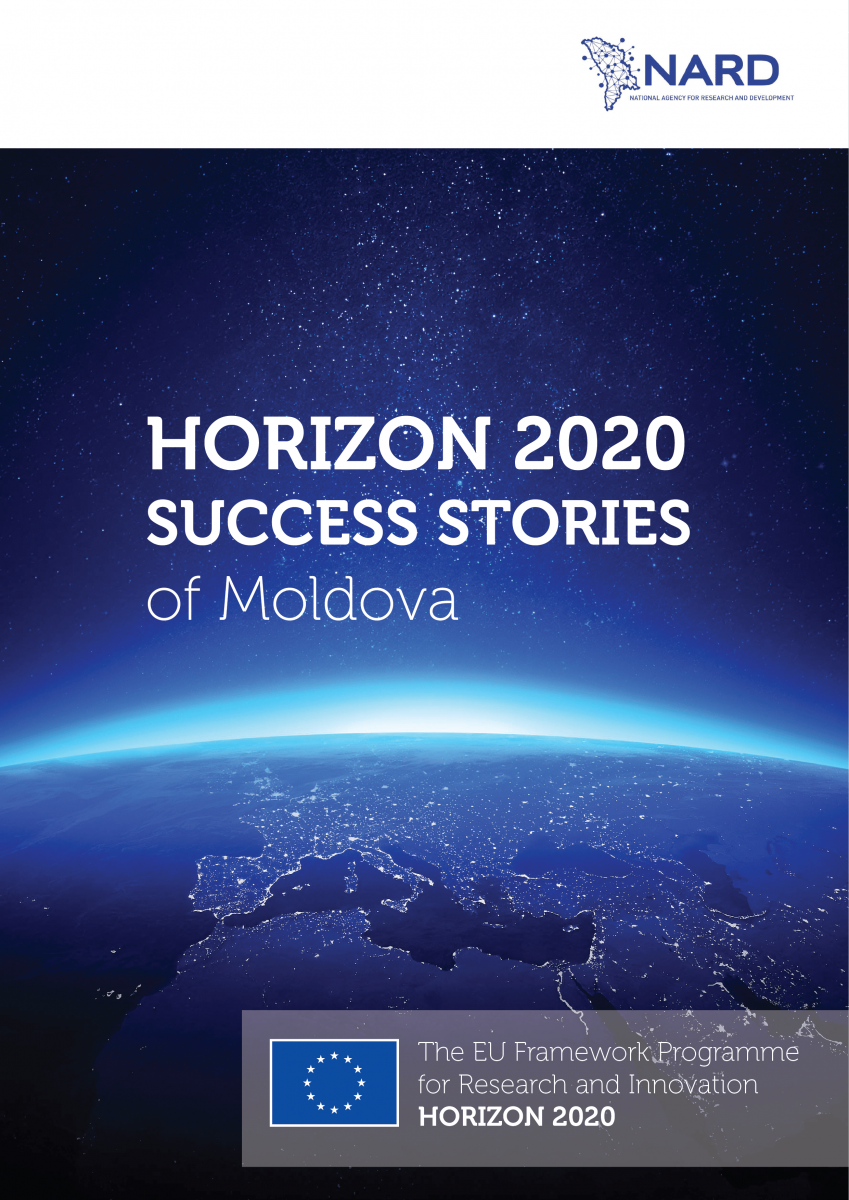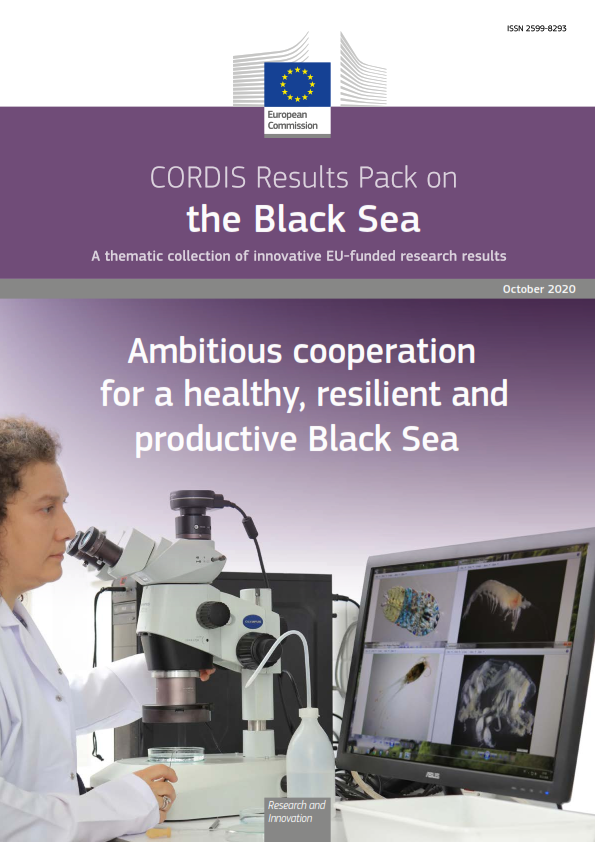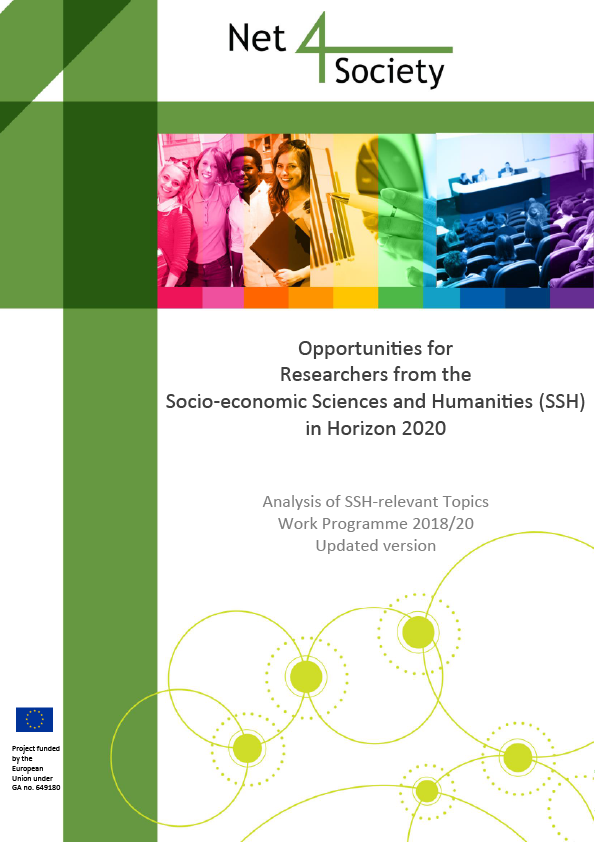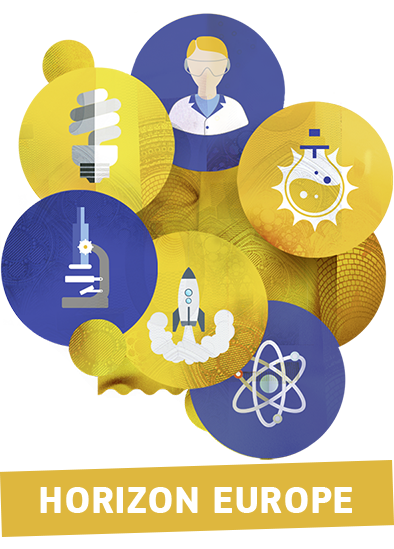The Nobel Prize in Chemistry for 2016 was jointly awarded to three European researchers: Jean-Pierre Sauvage, Sir J. Fraser Stoddart and Bernard L. Feringa for the design and synthesis of molecular machines. From 2005 to 2008, Jean-Pierre Sauvage participated in the MOLDYNLOGIC project funded by the Future & Emerging Technologies (FET) programme.
The 2016 Nobel Prize laureates in Chemistry have shaped the world's smallest machines by developing molecules with controllable movements taking chemistry to a new dimension.
The first steps towards a molecular machine were taken by Jean-Pierre Sauvage in 1983, when he linked two ring-shaped molecules together to form a chain, called a catenane. With the MOLDYNLOGIC project funded by the Future & Emerging Technologies (FET) programme, the limits of molecular design were pushed further by successfully showing that it could be possible to achieve programmable machines on a single molecule. The goal of MOLDYNLOGIC was to create combinational logic circuits and finite state computing machines based on a single molecule or assemblies of molecules.
One day, these molecular machines will be used to create new materials, sensors and energy storage systems.
FET & nanotechnology
The FET programme has a long tradition of supporting innovation in nanotechnology, from FP5 to Horizon 2020. In September 2016, the Horizon Magazine published an article on nano-cars and the NanoCarsRace to be held at the materials lab CEMES at the National Center for Scientific Research (CNRS) in Toulouse, France. This article refers to three ongoing FET projects, ARTIST, PAMS and ATMOL working in nanotechnology and re-inventing chemistry.
FET supports numerous projects in the field, such as:
- 2D-INK targeted at developing inks of novel 2D semiconducting materials for low-cost large-area fabrication processes on insulating substrates through a new methodology, which will exceed the properties of state-of-the-art graphene- and graphene oxide based inks. Achieving this would represent an important step forward in the processing of 2D semiconducting materials and will provide the key parameters for fabricating the next generation of ultrathin electronic appliances.
- ULTRAQCL proposes a new technology for generation of ultrafast and intense light pulses across the electromagnetic spectrum enabling the study of fundamental light-matter interactions, as well as industrial exploitation. The aim is to break-through the current technological gap by using THz quantum cascade lasers (QCLs) as a foundational semiconductor device for generating intense and short THz pulses.
- Graphene: the Graphene Flagship aims to take graphene and related layered materials (LM) from a state of raw potential to a point where they can revolutionize multiple industries – from flexible, wearable and transparent electronics, to high performance computing and spintronics. This will bring a new dimension to future technology – a faster, thinner, stronger, flexible, and broadband revolution.
FET researchers winning a Nobel Prize
- In 2014, the Nobel Prize in Physiology or Medicine has been awarded to John O´Keefe (American-British) and to May‐Britt Moser and Edvard I. Moser (NO), for their discoveries of the "Grid" cells that constitute a positioning system in the brain. Prof. E. Moser is coordinating the GRIDMAP project, with the participation of Prof. M-B. Moser, funded within the FET-Proactive Neuro-Bio Inspired Systems initiative. The GRIDMAP project aims to better understand the processes used by the mammalian brain to generate and read spatial information. This would help develop similar processes that could, for example, be used to help robots navigate.
- In 2012, the Nobel Prize in Physics was awarded to Professors Serge Haroche (FR) and David J. Wineland (USA) for "ground-breaking experimental methods that enable measuring and manipulation of individual quantum systems".
- The Graphene Flagship gathers 4 Nobel laureates, all of them in the category of Physics. The 2010 Nobel Prize laureates for their discovery of graphene material Prof. Andre Geim (Dutch-British) and Prof. Konstantin Novoselov (British-Russian), contribute both as partners and as members of the Strategic Advisory Council. The Graphene Strategic Advisory Council includes 2 other Nobel Prize laureates: Prof Klaus von Klitzing and Prof Albert Fert. Prof K. von Klitzing (DE) was awarded the full Prize in 1985 "for the discovery of the quantized Hall effect". Prof A. Fert (FR) and Prof Peter Grünberg (CZ) were awarded jointly "for the discovery of Giant Magnetoresistance" in 2007. In the past, Prof A. Fert also participated as a partner in the FET project NANOSPIN, aimed to study complex magnetic nanostructures with applications in classical and quantum ultra-high density information storage, funded by the FET-Open scheme (FP6).
- Professor Torsten N. Wiesel (SE), who in 1981 obtained the Nobel Prize in Medicine, along with Professor David H. Hubel (CA), "for their discoveries concerning information processing in the visual system", is currently involved within Human Brain Project (HBP) Flagship as chair of the External Advisory Body.
- Among past FET-funded projects, in 2005 Professor Theodor W. Hansch (DE), at that time, a partner in the project ACQP was awarded together with Prof L. Hall (USA) the Nobel Prize in Physics for "their contributions to the development of laser-based precision spectroscopy, including the optical frequency comb technique". ACQP project, funded under the FET-Proactive initiative Quantum Information Processing and Communication (QIPC) (FP5) aimed to develop a simple quantum information processor using neutral atoms on an atom chip.



